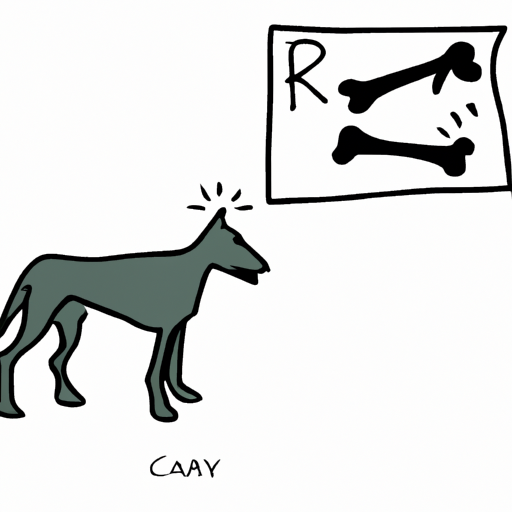As a dog owner, it is crucial to understand the various health issues that could impact your pet. One such concern is Cranial Cruciate Ligament (CCL) injuries in dogs, similar to the ACL in humans. This article will delve into what CCL is, its importance, symptoms of a CCL injury, and the various treatment options available.
Table of Contents
- Understanding CCL in Dogs
- Symptoms of a CCL Injury
- Diagnosing a CCL Injury
- Treatment Options for CCL Injuries
- Preventing CCL Injuries
- Frequently Asked Questions
Key Takeaways
- Cranial Cruciate Ligament (CCL) plays a critical role in maintaining the stability of a dog’s knee.
- CCL injuries can lead to severe pain and limited mobility in dogs.
- Various treatment options are available depending upon the severity of the injury.
- Preventive measures like maintaining a healthy weight and regular exercise can reduce the risk of CCL injuries.
Understanding CCL in Dogs
The Cranial Cruciate Ligament (CCL) is one of the four major ligaments in a dog’s knee, which helps maintain the stability between the femur (thigh bone) and tibia (shin bone). It prevents the tibia from moving excessively forward, ensuring a smooth and pain-free movement for your pet.
CCL injuries are common in dogs, particularly in certain breeds like Labrador Retrievers, Rottweilers, and Golden Retrievers. Overweight dogs are also at a higher risk, as the extra weight puts additional strain on the ligaments.
For more details on the anatomy of a dog’s knee joint, you can check out this article.
Symptoms of a CCL Injury
Recognizing the symptoms of a CCL injury early can result in better treatment outcomes. The most common symptoms include:
- Limping: This is often the first sign. Your dog may start limping or favoring the other leg, particularly after exercise.
- Difficulty in rising or jumping: If your dog shows reluctance in jumping onto their favorite couch or has difficulty getting up, it could be a sign of a CCL injury.
- Swelling and pain: Check for swelling around the knee. Your dog may also show signs of pain when the area is touched.
- Clicking sound: In severe cases, you may hear a clicking sound when your dog is walking.
For an in-depth understanding of the symptoms, you can refer to this article.
Diagnosing a CCL Injury
If you suspect a CCL injury, take your dog to a veterinarian immediately. The vet will perform a physical examination, possibly including X-rays, to confirm the diagnosis.
Treatment Options for CCL Injuries
The treatment depends on the severity of the injury and your dog’s overall health.
Non-surgical Treatment: For minor injuries or in older dogs with other health issues, your vet might suggest a conservative approach. This could include rest, pain management, and physiotherapy.
Surgery: In most cases, particularly for complete tears, surgery is the best option. There are different types of surgeries, like TPLO (Tibial Plateau Leveling Osteotomy) and TTA (Tibial Tuberosity Advancement), and your vet will decide the most suitable one for your dog.
For more details on the treatment options, visit this page.
Preventing CCL Injuries
While CCL injuries can’t always be prevented, some measures can reduce the risk:
- Maintain a healthy weight: Overweight dogs are more prone to CCL injuries due to the extra strain on their joints.
- Regular exercise: Regular, moderate exercise can help keep your dog’s joints healthy.
- Proper nutrition: A balanced diet rich in nutrients can support joint health.
For more tips on preventing CCL injuries, check out this article.
Frequently Asked Questions
1. What causes CCL injuries in dogs?
CCL injuries can be caused by a sudden trauma to the knee, like when running or jumping. However, in most cases, it’s a result of gradual wear and tear over time, particularly in overweight dogs or certain breeds that are predisposed to this condition.
2. Can a dog recover from a CCL injury without surgery?
Yes, but it depends on the severity of the injury. Minor injuries might heal with rest and conservative treatment. However, for complete tears, surgery often provides the best outcome.
3. How long does it take for a dog to recover from a CCL surgery?
The recovery period can vary, but generally, it takes about 12-16 weeks for a dog to fully recover from a CCL surgery.
For more information, you can visit this page.
Remember, as a caregiver, your pet’s health is in your hands. By understanding the risks and signs of a CCL injury, you can ensure a long, happy, and healthy life for your furry friend.



